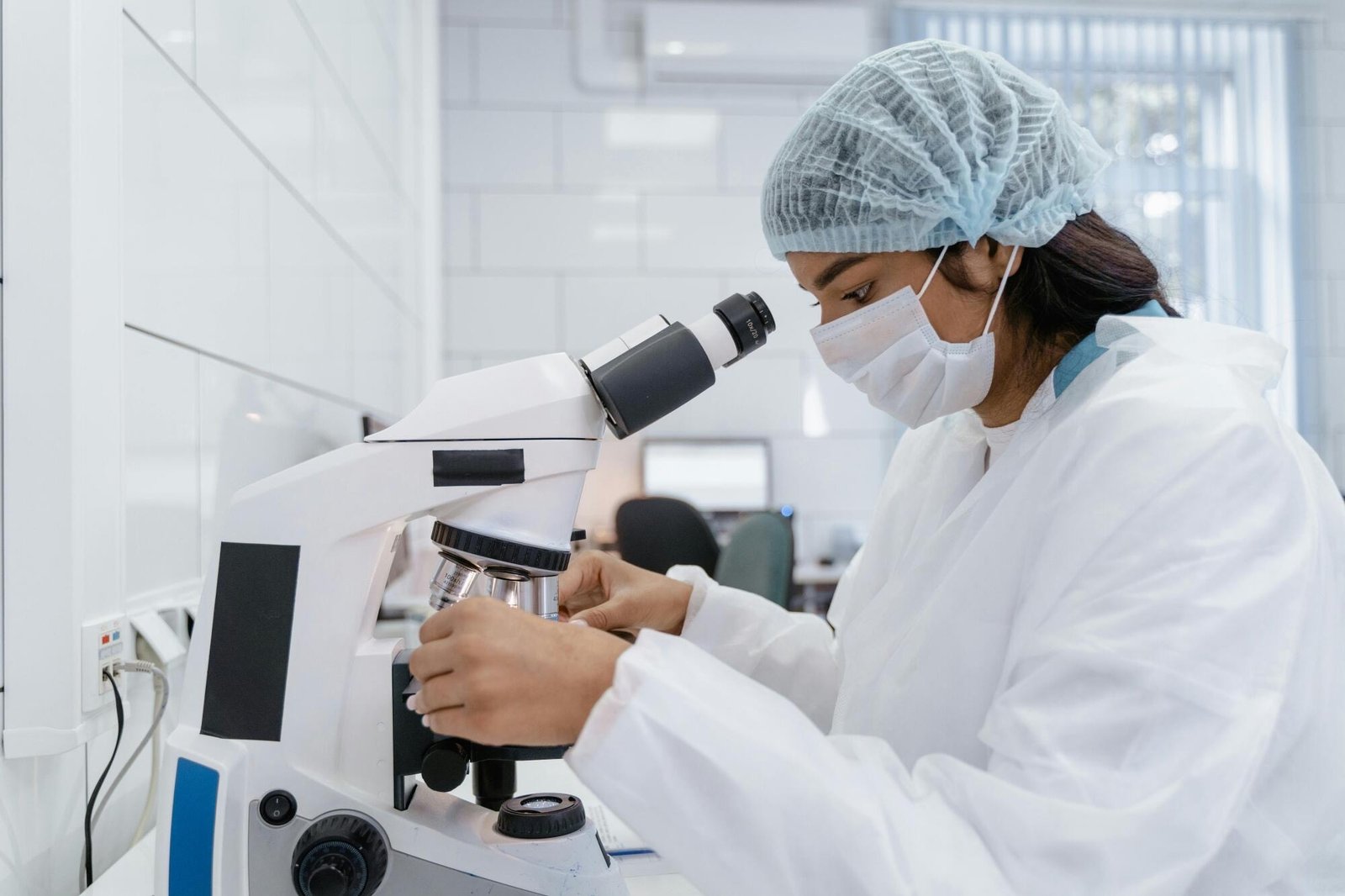Have you ever thought about how much we rely on the tiny images seen through a microscope?
In fields like medicine and pharmaceuticals, one wrong image or result can change everything. Making sure every detail is correct, secure, and easy to trace is more than a rule-it is a must. 21 CFR Part 11 helps protect this accuracy in digital records and data.
This article explains how microscopy and compliance work together to keep results honest and reliable.
Microscopy in Regulated Environments
Microscopy is used in industries where accurate data is critical for safety and quality. In fields like pharmaceuticals and biotechnology, every image supports testing, reports, or product approval. Because of this, microscopy systems must follow strict rules to make sure all data are correct and traceable.
Regulated labs must control how data are created and stored. Every image and note must be saved in a way that prevents changes or loss. If these steps are not followed, results can be rejected by regulators.
Understanding 21 CFR Part 11 Requirements
21 CFR Part 11 is an FDA rule that explains how to handle electronic records and signatures. It ensures that digital data are as trustworthy as paper records. Any system that stores or processes regulated data must follow this rule.
For microscopy, this means keeping every step secure and verifiable. The system must block unauthorized changes and record all user actions. Following these rules keeps imaging data accurate and ready for review.
Secure Data Capture and Storage
Microscopy systems in regulated labs must capture data safely and store it without risk of tampering. Image files and analysis results must stay unchanged from the moment they are saved. This keeps research results honest and reliable.
Data storage must include rules for who can access or edit information. Audit trails record all actions, including time and user details. These controls prove that the data are complete and have not been altered.
Electronic Signatures and Audit Trails
Electronic signatures replace paper approvals by linking actions to specific users. They show who reviewed, approved, or changed data. This record helps confirm responsibility across the workflow.
Audit trails track every system event, such as edits or deletions. They show exactly who made each change and when it happened. This level of traceability protects data from tampering and supports compliance.
Achieving Regulatory-Ready Imaging Data
A microscopy system that meets 21 CFR Part 11 standards produces data ready for regulatory submission. It provides secure electronic records, validated workflows, and traceable documentation. These systems are designed to meet exactly what one finds under the topic of microscopy 21 CFR part 11 by ensuring that each image and dataset can be reliably archived, managed, and audited.
Regulatory-ready systems do more than meet legal demands. They build trust in the accuracy of imaging results and strengthen overall data integrity. In the long term, this confidence supports innovation while maintaining compliance.
Clarity Through Compliance in Every Microscopic Detail
True accuracy in microscopy and 21 CFR Part 11 compliance is not only about the lens or the resolution but about trust in every recorded result. When technology and regulation align, they form a foundation for data integrity that supports both innovation and accountability. This balance protects not just compliance but scientific credibility.
In a world where data defines discovery, maintaining integrity is the ultimate responsibility. Precision in every detail safeguards progress itself.
Did you learn something new from this article? If so, be sure to check out our blog for more educational content.
Rao Waqas is a passionate content writer who crafts engaging and insightful articles across diverse topics, helping readers stay informed and inspired.

